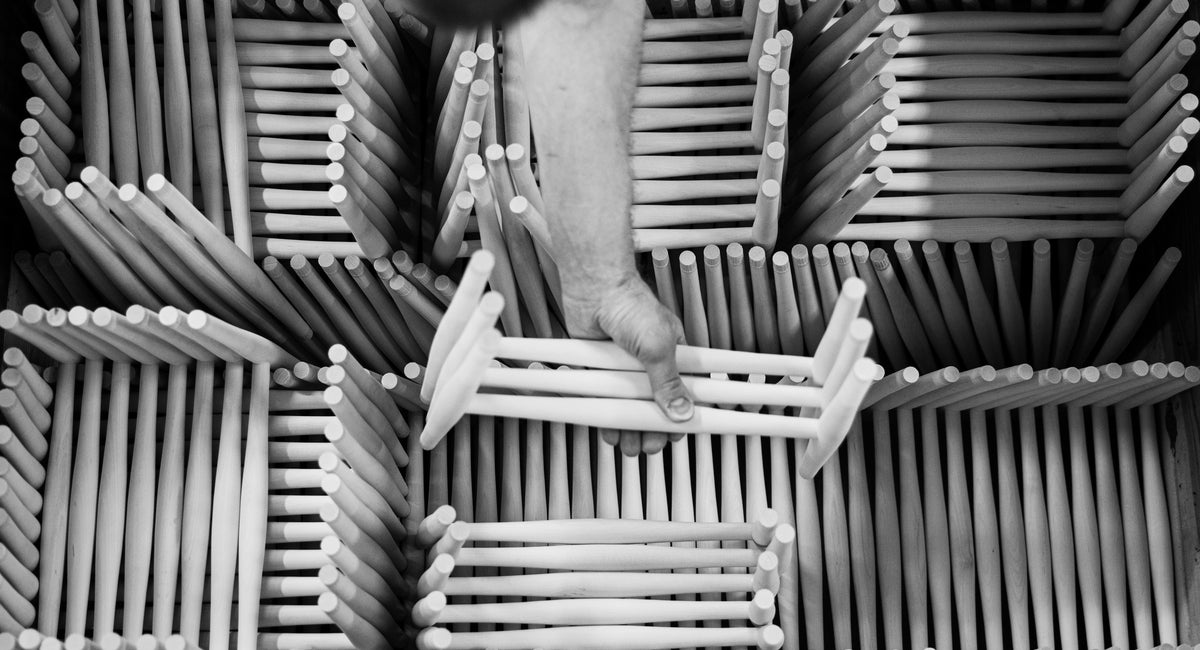Lilla Åland Children Chair H52 | Birch
The foundation Siv & Carl Malmsten's Memory
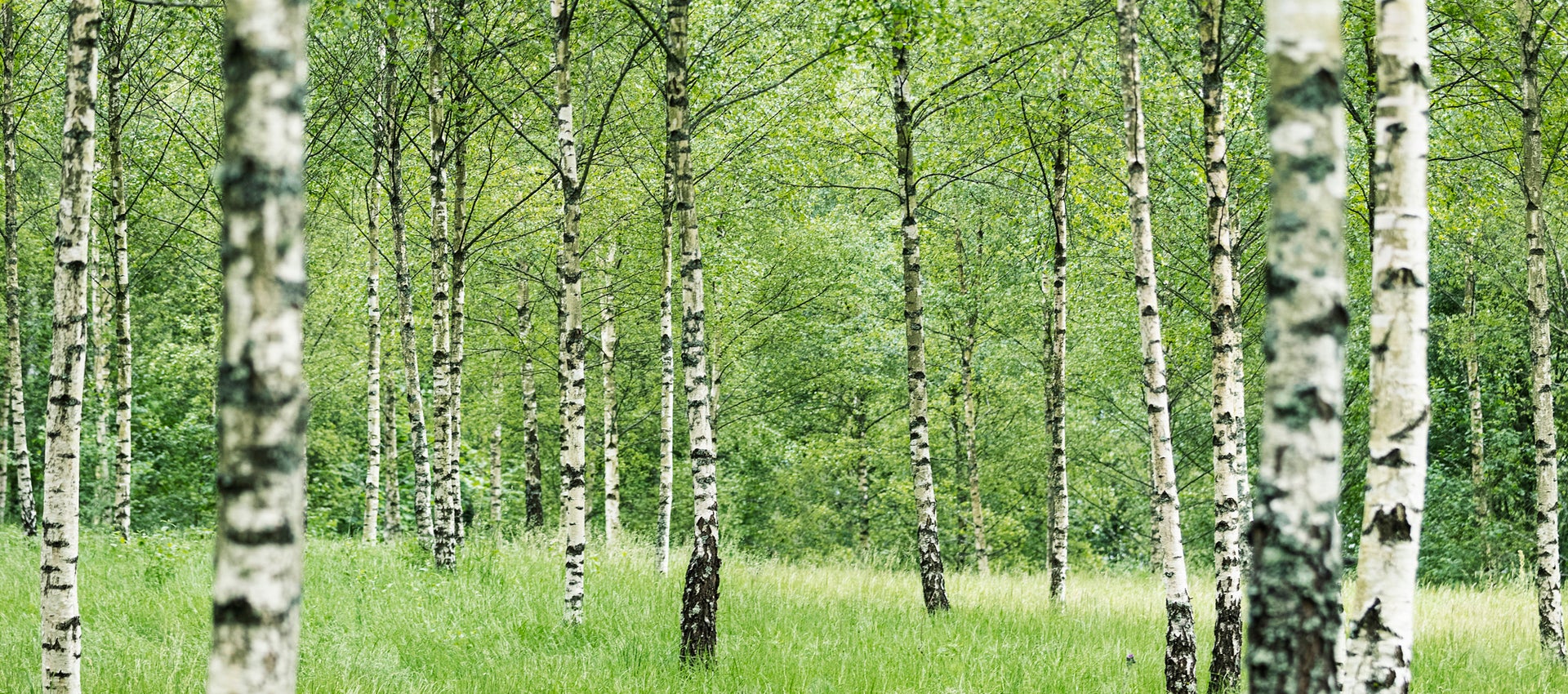
The art of working with aesthetic sustainability starts with healthy, well controlled forestry practices. For us, being able to influence and justify all parts of the production process is an important aspect of our responsibility as a manufacturer. That’s why we always choose timber that is approved or certified in accordance with the standards for sustainable forestry.
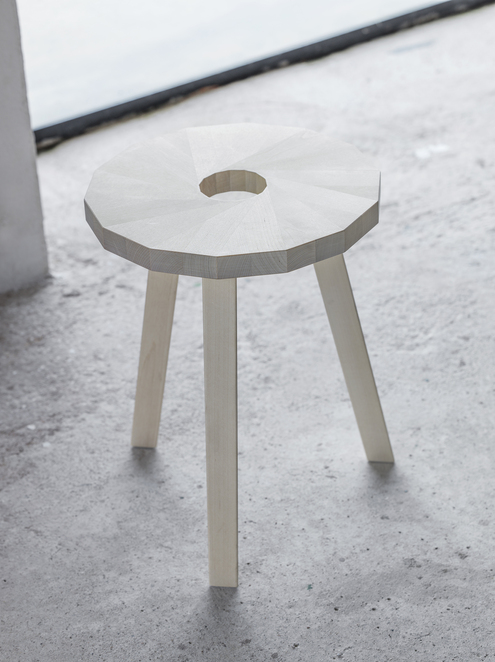
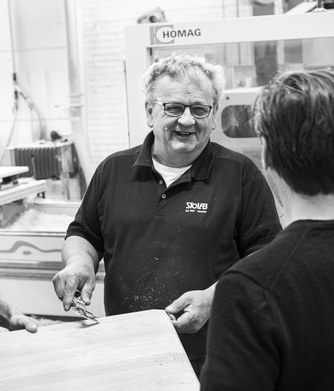

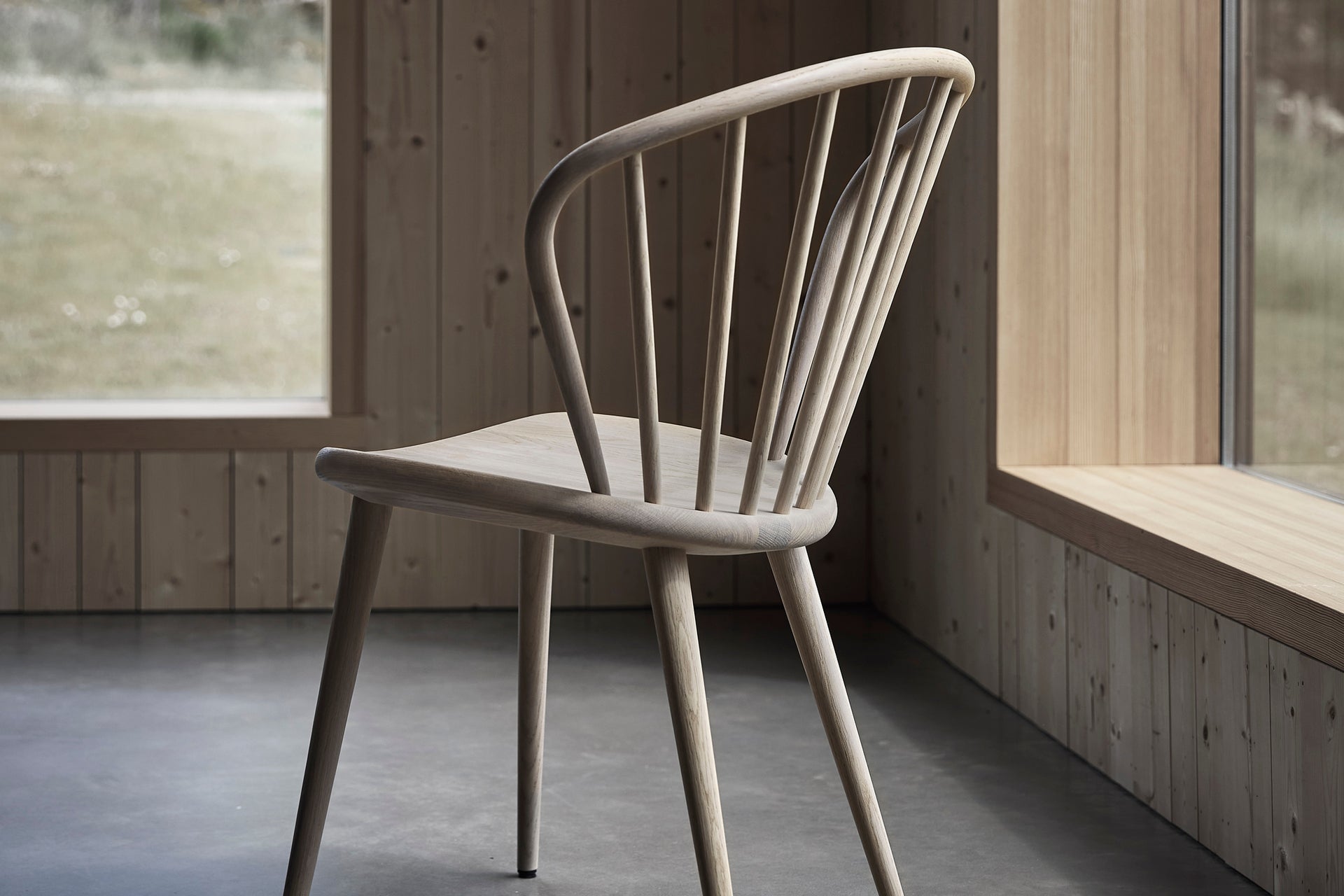

A strong visual appeal combined with environmental sustainability are fundamental criteria for the design of every new item of furniture we produce. This is a challenge that, far from restraining or restricting us, fills us with inspiration. It often means simplifying things, without compromising features that are essential for the quality and character of the furniture, such as beautiful details that add a function. Striving for simplicity, however, can present its own complications, so much of our product development work takes place in the factory, in close dialogue between our skilled co-workers and our external designers.
At every stage of the manufacturing process, we are constantly striving to become a little better at what we do and taking new steps to advance our environmental performance. To a great degree this work consists of reducing our environmental footprint, where every step – even the very smallest – contributes to our overall progress. We work exclusively with water-based lacquers, and all the energy we use in our premises is fossil-free. We package and transport our furniture as efficiently as possible, and we have created a sustainable work environment for our co-workers by minimising strenuous activities and heavy lifts, replacing them, where possible, with mechanised power. Careful planning also enables us to make maximum use of the wood at our disposal, which greatly reduces the cost of waste in the production process. For example, we now saw the shape of a tabletop in such a way that the wood that is left can be used for spindles in the backrest of a chair or the seat of a child’s chair. Wood left over from the manufacture of a Lilla Åland seat can also enjoy a new lease of life in the form of the upcycled stool Lilla Snåland.

Working with living materials means that there is always a risk of mishaps during the manufacturing process or damage during transport. Items of furniture that, for any reason, do not meet our requirements for premium quality are not shipped from the factory or are immediately recalled. We then conduct a thorough inspection of the product before carrying out the necessary repairs and making any adjustments to the surface finish. After a final inspection these items are then marked with the Stolab Reuse stamp, a designation that indicates that these furnishings are almost just as good as our premium products. As we have different quality classifications, these are then sold to projects and customers who have consciously chosen reused products as part of their purchasing concept.
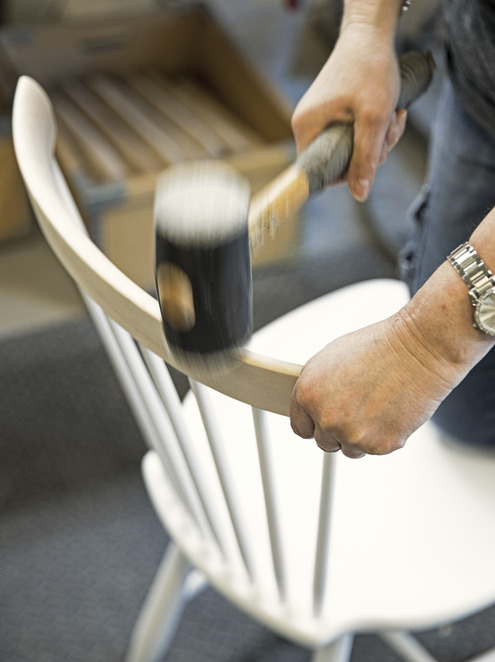
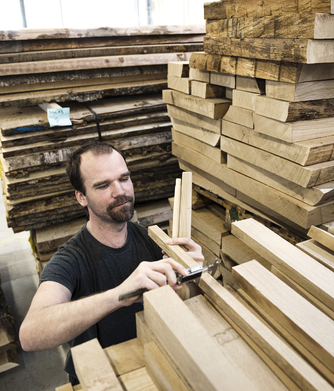
Aesthetic sustainability also includes the not-to-be-neglected importance of sentimental value. Stolab furniture is furniture built for people to live with for many years – generations, even. Furniture that remains a loyal servant in room after room. Furniture that accompanies you from one home to another. Stolab furniture is created in such a way that it grows old gracefully in form, function and construction, so it is well worth repairing if anything should become worn or broken. A tabletop that has become timeworn can be sanded down, for example. A cover can be replaced. Together with a number of furniture restorers and an ever-expanding group of retailers who can also repair furniture, we make this possible for our customers.
“For me, aesthetic sustainability means that an item of furniture has certain attributes that translate into an experience for the observer. Furniture like this has a quality that attracts interest, so that people are repeatedly drawn towards it. What evokes these feelings is, of course, very subjective, but as a furniture designer my starting point is always the user. Who will be using the furniture? In what setting and for what purpose? Can the furniture create a long-lasting relationship with its user that will not become tired or grow stale? If the user sees no need to replace much-loved furniture, we can genuinely link the concept of sustainability with the word aesthetic.”

“Those who engage my services often present me with specific criteria and wishes that they require me to fulfil. As a designer, I am duty bound to take these into consideration without compromising the aesthetics of my original idea. It’s a delicate balancing act. It’s not possible to retain certain elements of the form and replace others without impacting the design as a whole.”
“Form and function are inextricably intertwined, as materials, manufacturing techniques and areas of use all impact on the appearance. Function alone is rarely sufficient to engage the interest of the user, so the designer’s task is to find and articulate an aesthetic expression that does. It’s also a matter of showing respect for the user. That’s why design is such a time-consuming and painstaking process. Together with the manufacturer, I need to seek ways of refining and improving the end result so that we can achieve the qualities that we want the furniture to exhibit.”
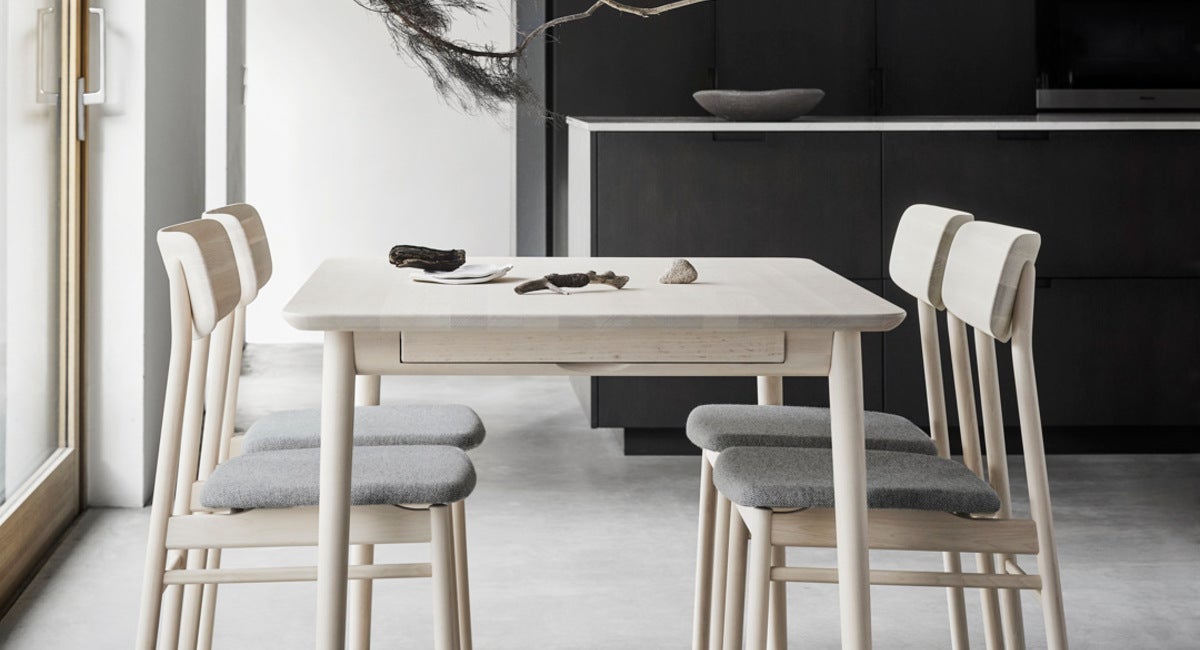
“Aesthetic sustainability may also be achieved by engaging more than just the sense of sight. Prima Vista, which I designed together with Staffan Lind, is one example of how this might work. The form is intended to attract attention, but also to invite the observer to touch the chair. Who can resist the temptation to run their hand along the gently curved sweep of the backrest, to feel the tactile smoothness of the solid wood? The sensation is totally different to that of, for example, compression-moulded wood. The same applies to the tabletop with its gently rounded edges – a first impression that is confirmed in your mind when you pull out the drawer with the extra table leaf: ‘This is a piece of furniture that I really like. It appeals to me, and I want it to share my home with me.’ Aesthetic sustainability is only truly achieved when this initial feeling lingers and lasts. It is then that a piece of furniture can retain its emotional hold, despite the wear and tear that something you see and use day after day is subjected to. It is then that we have succeeded!”
